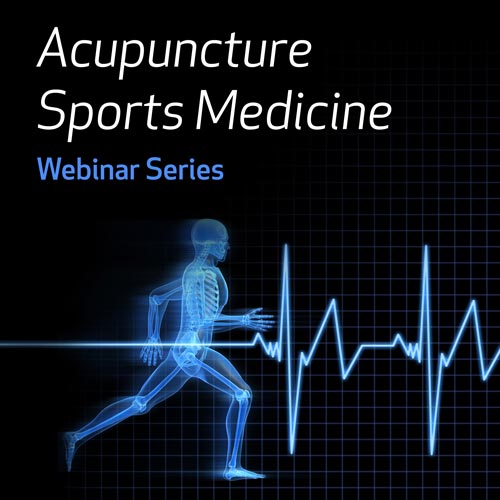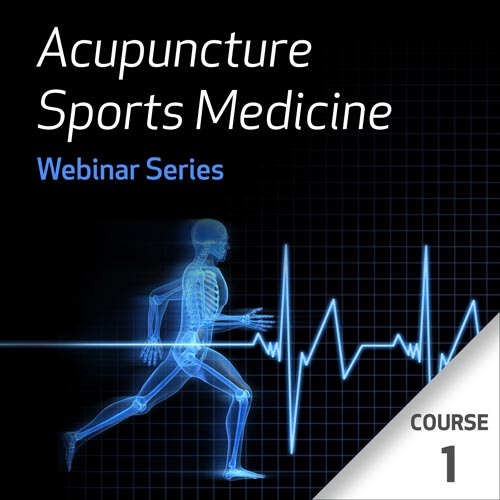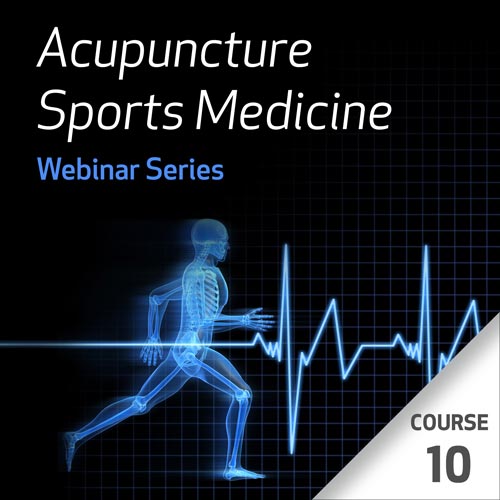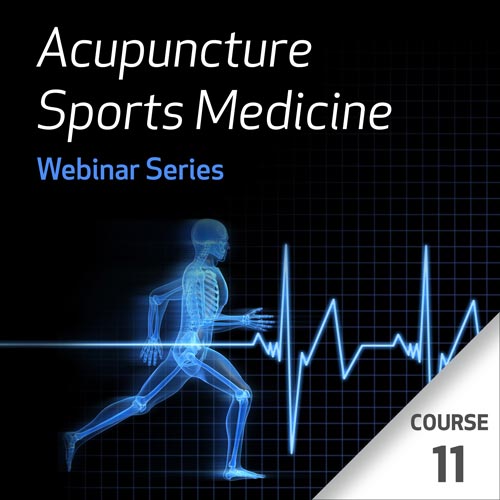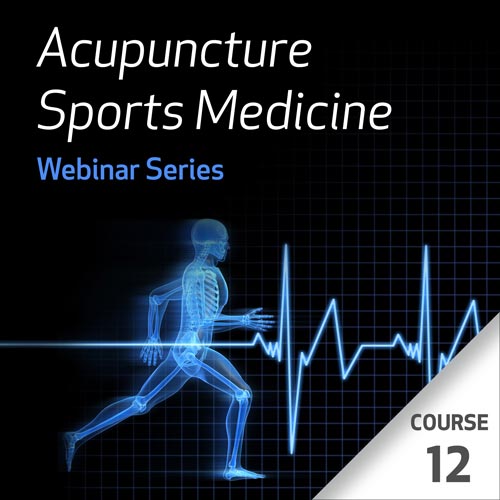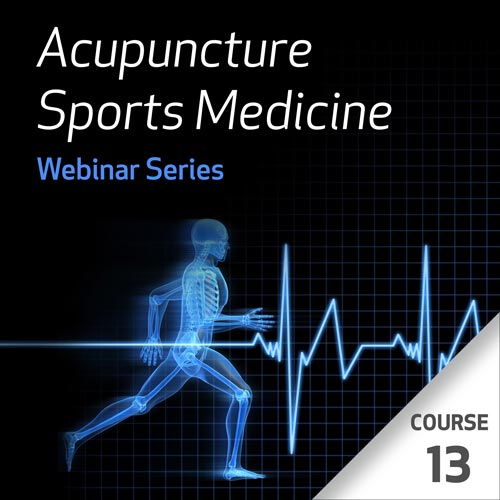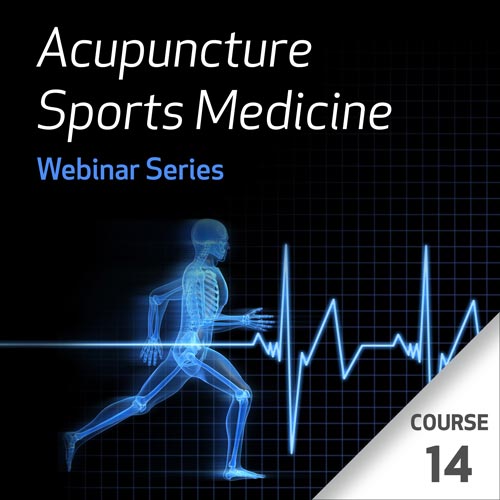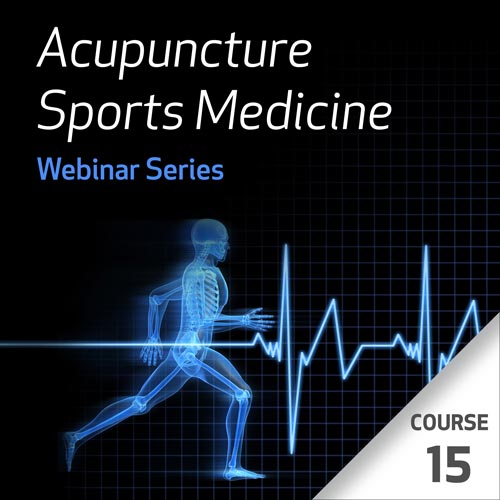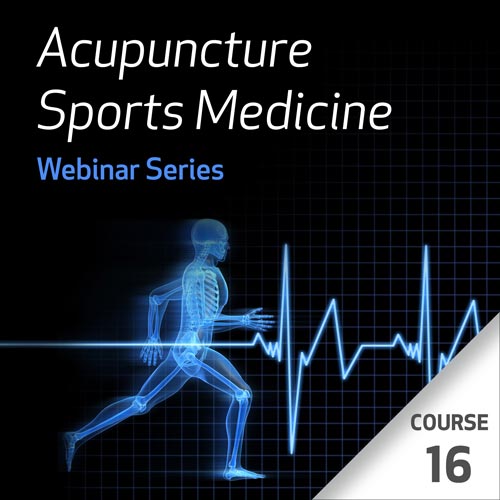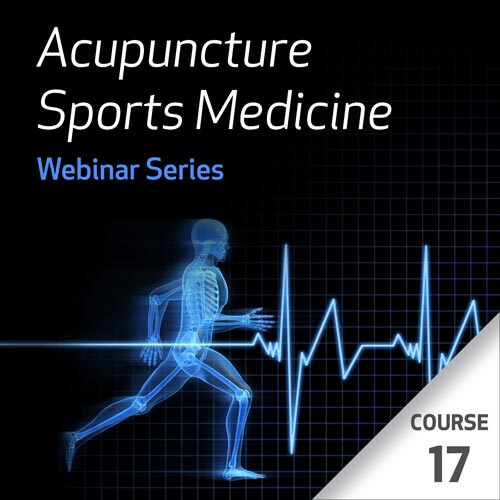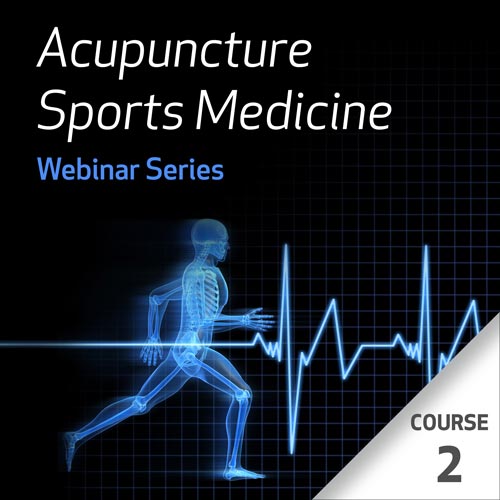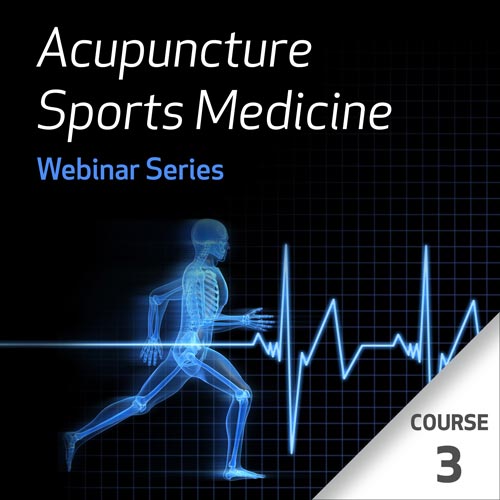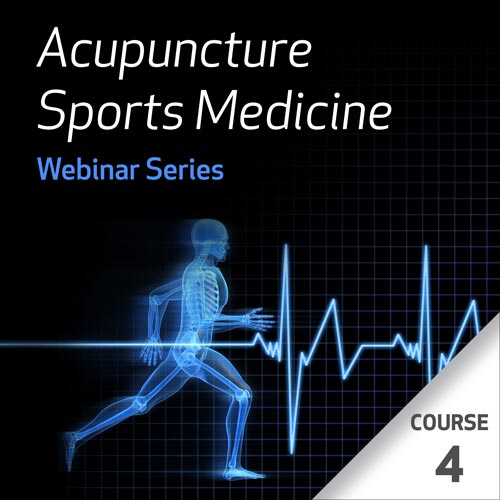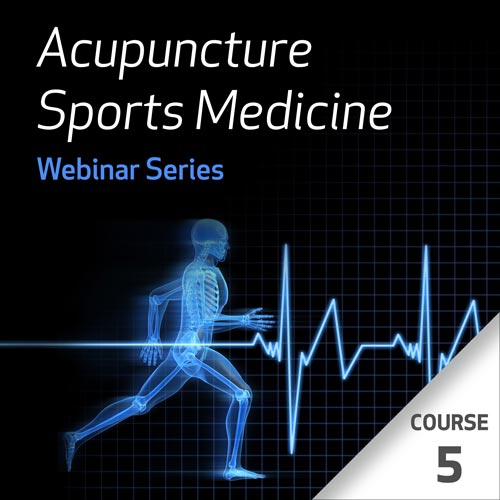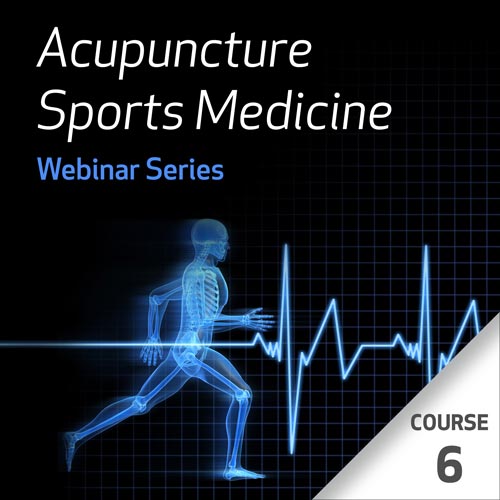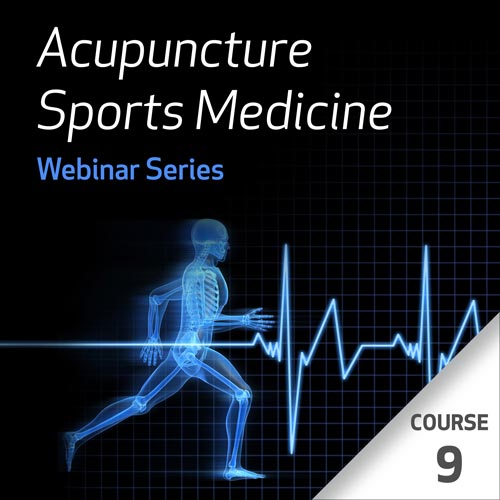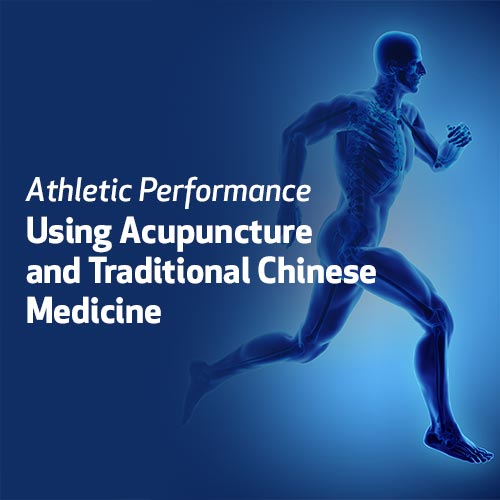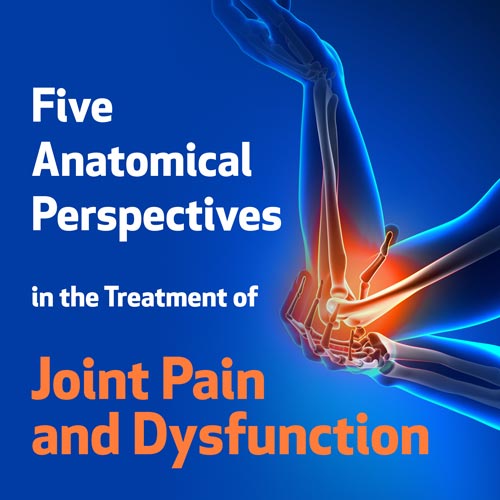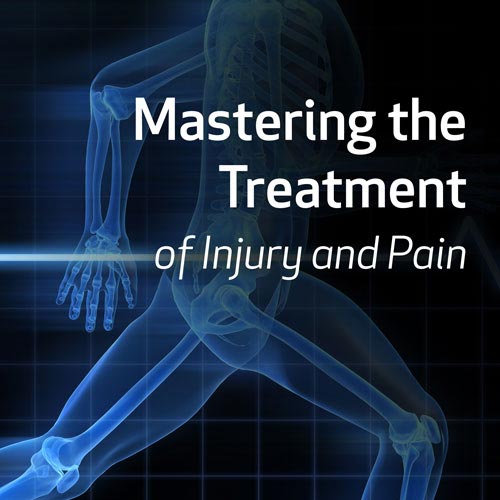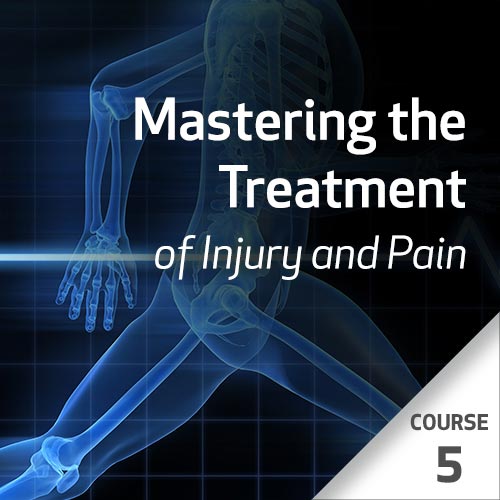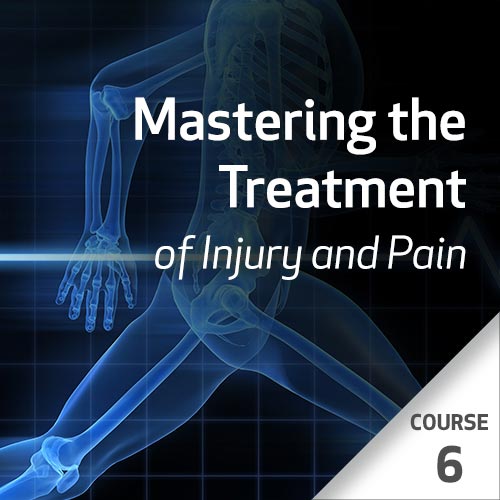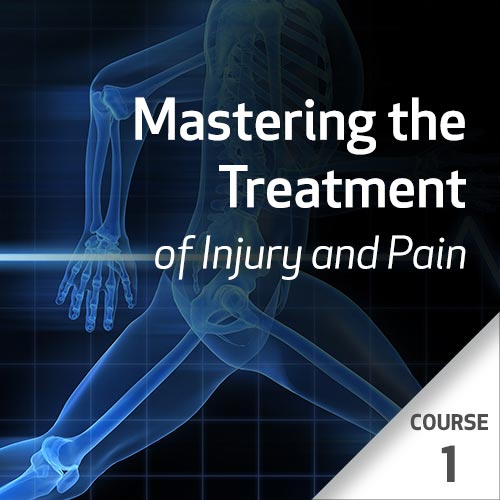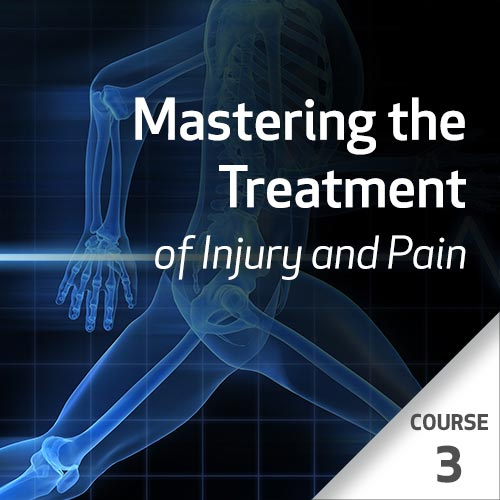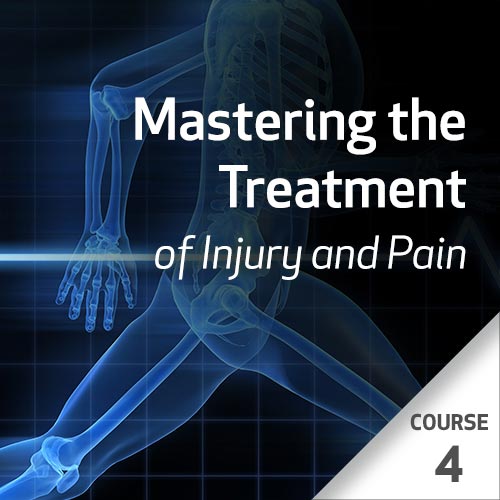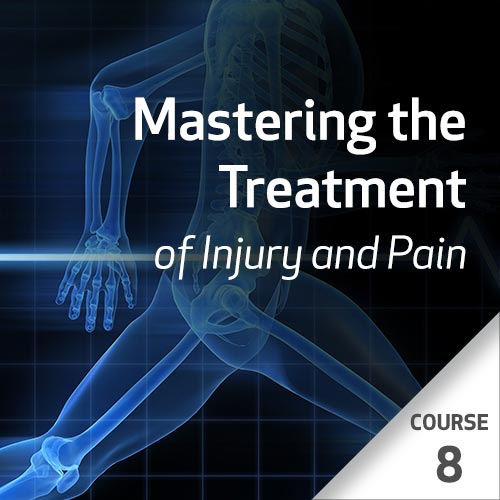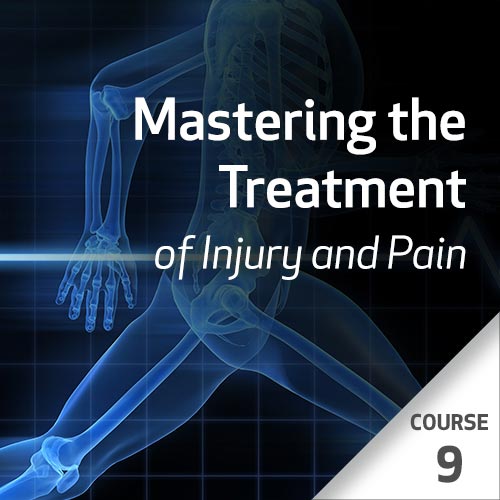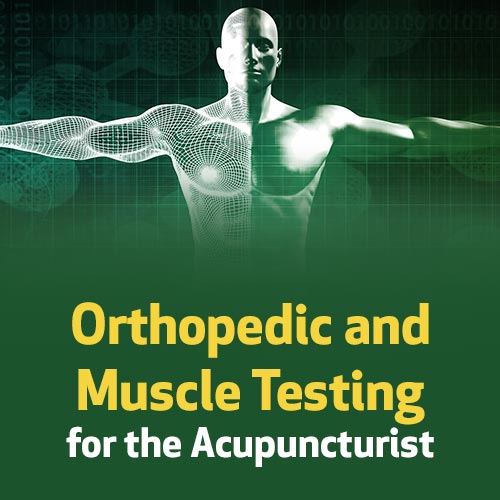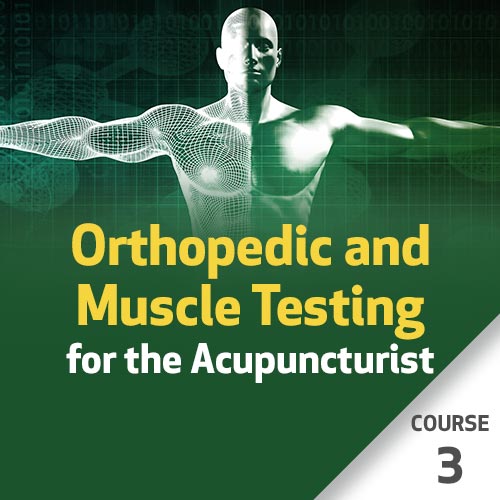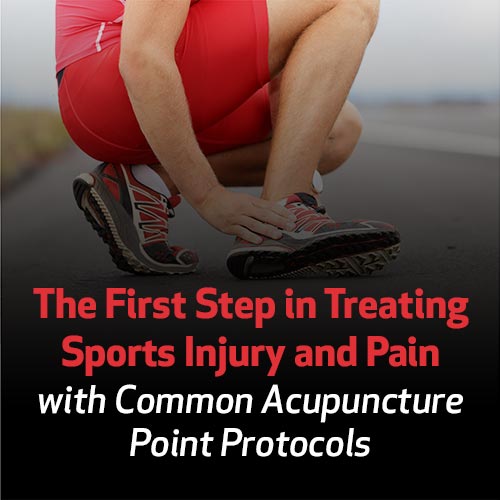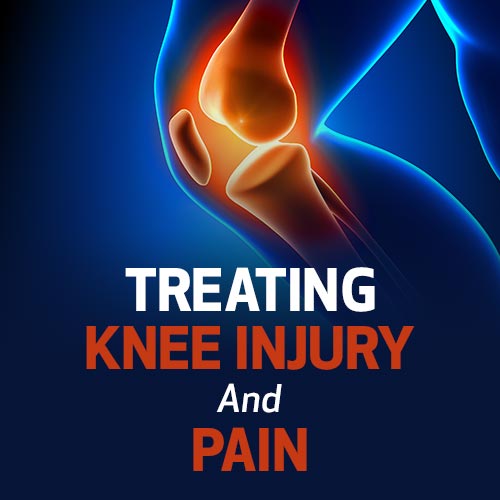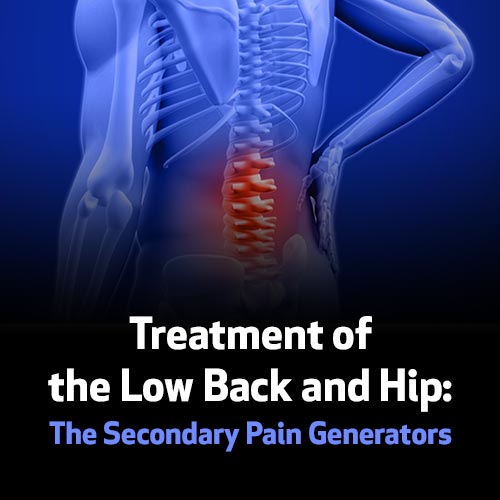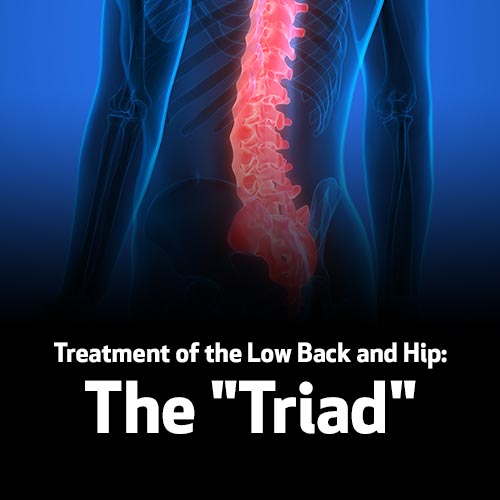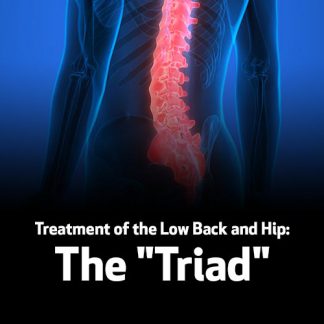Course Overview
In this three hour webinar, Whitfield Reaves will share some of his favorite treatment approaches that target the postural muscles. Practitioners frequently observe poor posture that results in pain and dysfunction. So prevelant, you probably already use many similar points to provide relief for the patient. This webinar offers some skillful adaptations and precision to these acupuncture treatments. And the approach also supports therapeutic exercise, which is usually needed to resolve postural dysfunction.
The following are important postural muscles that respond very well to precise acupuncture treatment and well chosen points.
1. The Levator scapulae
Provides support for the neck and shoulder.
2. The Posterior neck muscles
These extensors keep the head erect, and help with anterior head position
3. The Pectoralis minor
Often in contraction, this muscle pulls the shoulders in the anterior forward position. They need help! We will add the Rhomboid minor, which is not a postural muscle, to this discussion.
4. The Quadratus lumborum
The QL is key to the lumbar spine, and skillful needling of this muscle is one of the most important treatments in clinic.
5. The Core Muscles
Yes, they are technically not postural muscles, but their role in supporting the back and the lumbar spine is essential.
These five muscles, when anatomically understood, can provide effective sites for needling and correcting posture. Note that we will not teach corrective exercise in this video.
Objectives
-
Describe the origin and insertion of the levator scapulae muscle.
-
Name two points located in the posterior neck muscles used for postural dysfunction.
-
Be able to needle the quadratus lumborum muscle.
-
Describe three ways to treat the pectoralis minor muscle.
-
Name the three important wrap around core muscles.
Outline
0 hrs - 30 min
Diagnosis and treatment of the levator scapule muscle.
30 min - 1 hrs
Treatment using the posterior neck muscles with the points Bladder 10 and Bailao.
1 hrs - 1.75 hrs
Diagnosis, assessment, and choosing the points for the treatment of the quadratus lumborum muscle.
1.75 hrs - 2.25 hrs
Anatomy of the pectoralis minor, and how to treat this postural muscle.
2.25 hrs - 3 hrs
Understanding the three core wrap around muscles, along with the rectus abdominus muscle, and how to treat them.
Reviews
-
Tess R. (United States of America)
If you like the physical aspect of the human body and how to treat with that in mind, take Whitfield Reaves courses. Tess R., USA
-
Suzanne C. (United States of America)
I see so many patients with postural problems. Whitfield has a simple and powerful approach that I am excited to put into action.
-
Claire E. (United States of America)
This is the third course I've taken of Whitfield's and I can honestly say they have influenced the way I practice more than any others I've taken
Reviews
If you like the physical aspect of the human body and how to treat with that in mind, take Whitfield Reaves courses. Tess R., USA
Tess R. (United States of America)
I see so many patients with postural problems. Whitfield has a simple and powerful approach that I am excited to put into action.
Suzanne C. (United States of America)
This is the third course I've taken of Whitfield's and I can honestly say they have influenced the way I practice more than any others I've taken
Claire E. (United States of America)
I can see in this course times I've "gotten lucky" in the past with my bodywork and ah shi points. Getting this information so succinctly really helps make sense of why some things work and some things just don't.
Grace G. (United States of America)
I highly recommend this course and these techniques
Christa M. (Australia)
Great presentation has really helped to expand my knowledge of choosing the right points and methods for treating muscular dysfunctions.
Stephen W. (Australia)
Mr Reaves is a master at his craft and taking his classes makes us better practitioners. His passion, knowledge and clinical pearls are priceless. I highly recommend you take one of his classes.
Anita L. (United States of America)
Teacher
Whitfield Reaves
In practice for over 40 years, Whitfield Reaves, OMD, L.Ac., specializes in the field of sports medicine. Being in the forefront of the acupuncture sports medicine field, Whitfield's experience includes working with athletes at the 1984 LA Olympic Games at the 1984 LA Olympic Games and countless other sport competitions since. He is an author, he teaches internationally as well.
Disclaimers
-
Accessing Your Course
After checking out, your email address will be sent to Net of Knowledge securely and you will gain instant access to your course. If you do not have a Net of Knowledge account yet, one will be created for you automatically and you will receive an email with a link to set up your password. Log in to your account at netofknowledge.com and start learning!
-
Unlimited Access & CEUS
You will have unlimited access to this course for as long as it is on Net of Knowledge, so that you can keep reviewing and learning from it over the years.
CEU requirements must be completed within 1 year from the purchase. During this time, you must view the training and complete any required documents to get your certificate. You must also print and save your certificate for your own records.
-
Cancellation Policy
Please note we do not offer refunds for our recorded online courses/webinars.
-
Note
This recording is available in an online format only; you will not receive a DVD or physical copy of the recording – it is only available to watch as a course to watch on the internet through your online account.



